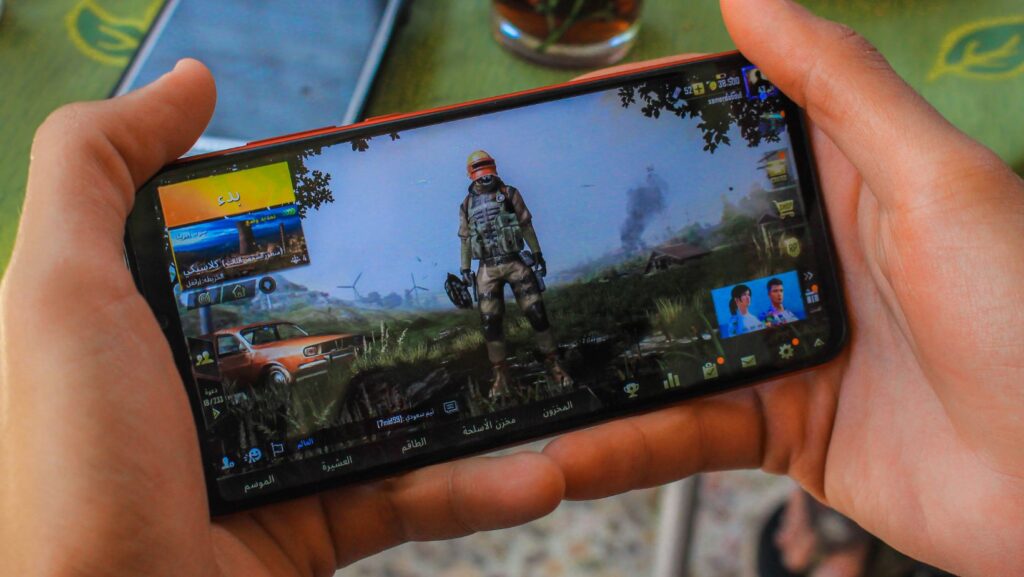The landscape of competitive League of Legends has undergone a remarkable transformation over the past decade, with data analytics emerging as one of the most crucial elements separating amateur from professional gameplay. As someone who witnessed this evolution firsthand during my professional playing career, I’ve observed how real-time statistical analysis has fundamentally changed not just how teams prepare for matches, but how they adapt and make decisions during live gameplay situations.
The modern esports ecosystem demands instant access to performance metrics, and platforms that provide comprehensive lol live stats have become indispensable tools for coaches, analysts, and players alike. What once required hours of post-match video review can now be understood in real-time, allowing teams to make tactical adjustments mid-series. This shift represents more than just technological advancement – it’s a complete reimagining of how competitive strategy operates in the digital age.
The Strategic Value of Real-Time Data
During my playing days, we relied heavily on intuition and limited in-game information to make critical decisions. The difference between winning and losing often came down to reading subtle cues from opponent behavior patterns or making educated guesses about enemy cooldowns and resource management. Today’s professional environment operates on an entirely different level, where precise statistical tracking provides teams with unprecedented insight into opponent tendencies and optimal decision-making frameworks.
Real-time statistics have transformed draft phases from educated guesswork into data-driven strategic battles. Teams can now access immediate feedback on champion synergies, historical performance data against specific opponents, and meta-shift indicators that inform pick and ban decisions. This evolution has elevated the strategic depth of professional League of Legends to levels that seemed impossible just a few years ago.
The impact extends beyond individual matches to entire tournament preparation strategies. Teams can identify opponent weaknesses through statistical patterns, develop targeted strategies based on historical performance data, and create adaptive game plans that respond to real-time developments. This level of strategic sophistication has raised the overall quality of professional play while creating more engaging viewing experiences for audiences.
Broadcasting and Fan Engagement Revolution
The integration of live statistical overlays into broadcast productions has revolutionized how audiences consume competitive League of Legends content. Modern broadcasts seamlessly blend gameplay footage with real-time analytics, creating an immersive experience that educates viewers while maintaining entertainment value. This approach has made professional esports more accessible to newcomers while providing depth that satisfies hardcore fans and analysts.
Commentary teams now incorporate statistical narratives into their storytelling, using real-time data to explain strategic decisions, predict likely outcomes, and highlight exceptional performances. This data-driven approach to broadcasting has elevated the production quality of esports events to rival traditional sports coverage, contributing to the mainstream acceptance of competitive gaming.
The fan experience has been enhanced through companion applications and second-screen experiences that provide detailed statistical breakdowns during live matches. Viewers can track their favorite players’ performance metrics, compare historical data, and engage with predictive elements that add interactive dimensions to tournament viewing. Bo3.gg has been particularly innovative in this space, creating tools that bridge the gap between casual viewing and professional-level analysis.
Technological Infrastructure and Innovation
The technical challenges involved in delivering accurate, real-time statistical analysis for League of Legends cannot be understated. The game generates enormous amounts of data every second, from individual player actions to macro-level strategic developments. Processing this information instantly while maintaining accuracy requires sophisticated technological infrastructure and innovative algorithmic approaches.
Cloud computing advancements have enabled platforms to handle the computational demands of real-time analysis across multiple concurrent matches and regions. Machine learning algorithms can now identify patterns and trends that would be impossible for human analysts to detect manually, providing insights that inform both immediate tactical decisions and long-term strategic development.

The democratization of advanced statistical tools has created opportunities for aspiring analysts and smaller organizations to compete with established teams. Platforms like bo3.gg have made professional-grade analytical capabilities accessible to a broader audience, fostering innovation and raising the overall analytical standards across the competitive ecosystem.
Data-Driven Player Development
Individual player development has been transformed through comprehensive statistical tracking that monitors improvement over time and identifies specific areas for focused training. Unlike traditional sports where physical limitations often determine peak performance periods, esports allows for continuous optimization through data-driven feedback loops that can extend player careers and accelerate skill development.
Teams now employ specialized analyst positions dedicated to interpreting statistical data and translating insights into actionable coaching strategies. This specialization has created new career paths within esports while improving the overall quality of professional team management and player development programs.
The psychological impact of statistical feedback on player performance cannot be ignored. Access to detailed performance metrics provides players with objective measures of improvement and helps identify mental barriers that might not be apparent through traditional coaching methods. This scientific approach to player development has contributed to the professionalization of esports careers.
Future Implications and Industry Growth
The continued evolution of live statistical platforms will likely drive further innovation in competitive gaming formats and broadcasting approaches. As artificial intelligence and predictive modeling capabilities advance, we can expect even more sophisticated analytical tools that provide deeper insights into optimal gameplay strategies and meta development patterns.
The success of platforms like bo3.gg in delivering comprehensive live statistics has demonstrated the commercial viability of specialized esports analytics services. This market validation will likely attract additional investment and innovation, accelerating the development of next-generation analytical tools and enhancing the overall competitive integrity of professional League of Legends.
Conclusion
The integration of sophisticated live statistics into competitive League of Legends represents one of the most significant developments in esports history. Platforms like bo3.gg continue to push the boundaries of what’s possible in real-time analysis, creating tools that enhance competitive integrity while improving accessibility for fans and analysts alike.



